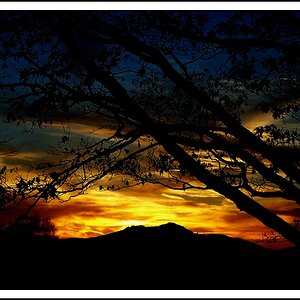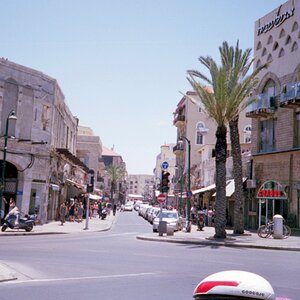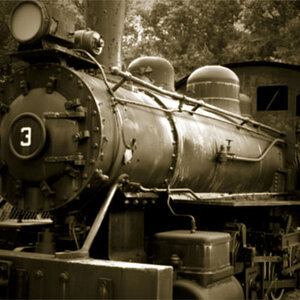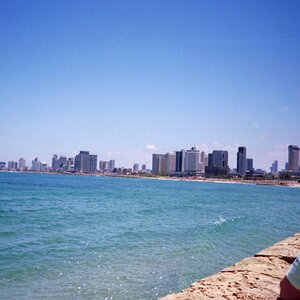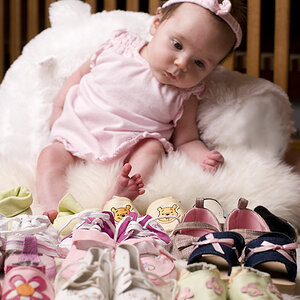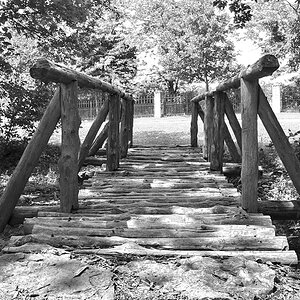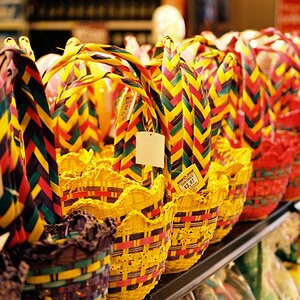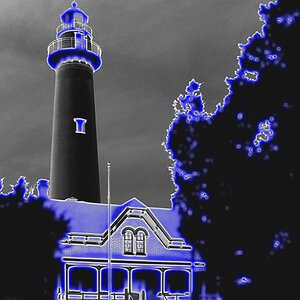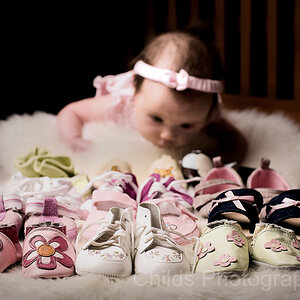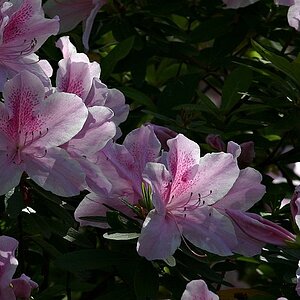mrstravis
TPF Noob!
- Joined
- Jul 12, 2011
- Messages
- 271
- Reaction score
- 12
- Location
- VA
- Can others edit my Photos
- Photos OK to edit
Hi guys, I am reading up on aperture and I am a little confused. So first I will give you what I have interpreted/understood and then elaborate on my confusion. Aperture is basically the size of the opening in the lens that allows light in once the shutter release button is pressed. Larger apertures, where more light gets in, have smaller f-stop numbers and smaller apertures have larger f-stop numbers. So my confusion comes in here: if I wanted to take close up pics say of flowers and such, would I need a lens with a large aperture or a small aperture? I may be completely over analyzing this but the more I think about it the more confusing it becomes.
Thanks, Lisa
Thanks, Lisa


